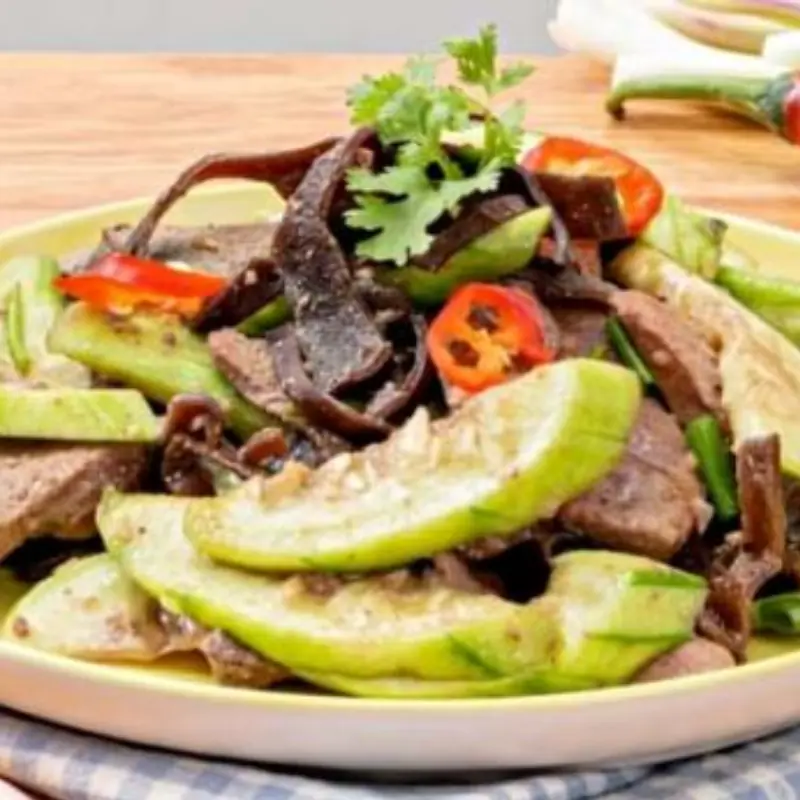
The most dangerous foods in the world
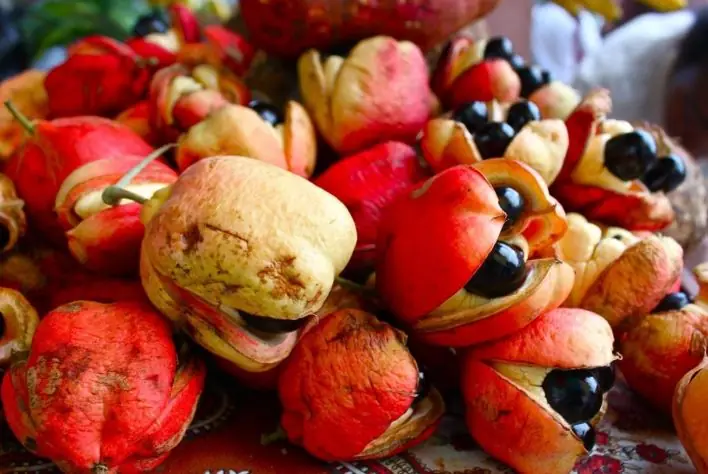
Ackee Fruit
This is a fruit rich in vitamin A and protein, highly favored by Jamaicans. However, caution is needed when consuming ackee: it must be eaten before it becomes fully ripe, and you must not eat the seeds or let the skin come into contact with the seeds. The seeds contain a toxin that inhibits glucose production, leading to dangerously low blood sugar levels and potentially death.
Cassava
In some cuisines, this root is processed into mashed dishes or cakes, but only after being thoroughly cooked. When chewed raw, cassava releases the enzyme linamarase, which converts a compound in the root into cyanide—a deadly poison.
Japanese Pufferfish (Fugu)
Fugu is banned in the U.S. because it is among the most poisonous foods in the world. If improperly prepared, it can be up to 1,200 times more toxic than cyanide. Its liver and internal organs contain tetrodotoxin, a poison for which there is no known antidote. For the Japanese, especially in Shimonoseki, pufferfish is a delicacy, enjoyed in various dishes such as sashimi, fried, boiled, or cooked with miso.
Live Octopus
Octopuses are among the most intelligent creatures on Earth, with a unique nervous system. Their tentacles remain active even after being severed. In South Korea, people traditionally eat live octopus. It is chopped into pieces and dipped in soy sauce or sesame oil before being eaten. As the tentacles are still moving, they can cling to the throat and cause choking.
On average, there are six deaths per year in South Korea due to suffocation from eating live octopus. In some cases, the tentacles have even crawled from the mouth into the nasal cavity.
Casu Marzu (Rotten Cheese)
This cheese is fermented using live maggots and is not for the faint-hearted or those with stomach problems. It is made from sheep’s milk, and during fermentation, fly larvae are intentionally introduced. The maggots accelerate fermentation, and the cheese is eaten when it becomes almost liquid. At this point, thousands of live maggots are still present. While eating, maggots can leap from the plate into the eater’s face, so diners often wear protective eyewear.
Unpasteurized Cheese
Cheese made from raw (unpasteurized) milk can harbor all kinds of pathogens and harmful bacteria, posing serious health risks. Such cheeses are banned in the U.S.
Raw Cashew Nuts
Raw cashews contain urushiol, a toxic substance that can be fatal if consumed in large amounts.
Hákarl (Fermented Shark)
Greenland sharks have high levels of urea and trimethylamine oxide in their flesh. To make them edible, the meat is either hung to dry or buried underground for 3 to 5 months. According to the Canadian Food Safety Institute, consuming too much of it can cause gastrointestinal issues, nerve damage, seizures, or even death.
Rhubarb
This bright pink stalk is found in pies and jams, but its leaves should never be cooked or eaten, as they contain oxalic acid. In large quantities, this acid can be lethal.
Elderberries
Native to Canada, elderberries are delicious and safe when properly cooked. They are often used in supplements, wine, tea, jam, and pastries.
However, the leaves, branches, and seeds contain cyanogenic glycosides, which can be fatal. Eating unripe or improperly processed elderberries may cause gastrointestinal symptoms like vomiting, severe diarrhea, and nausea. In large quantities, they can cause serious illness or seizures.
News in the same category


Sweet Potatoes Are Not Good for These 3 Groups of People

Flight attendant explains why cabin crew members always sit on their hands during takeoff

Why do Japanese people put towels on their heads when bathing in hot springs?

5 Areas of the Body Turning Black May Indicate Can.cer

A Woman Hospitalized After Eating Refrigerated Watermelon

The Man with Blo.od ‘As Thick as Pork Fat’ Because of Something Many People Love
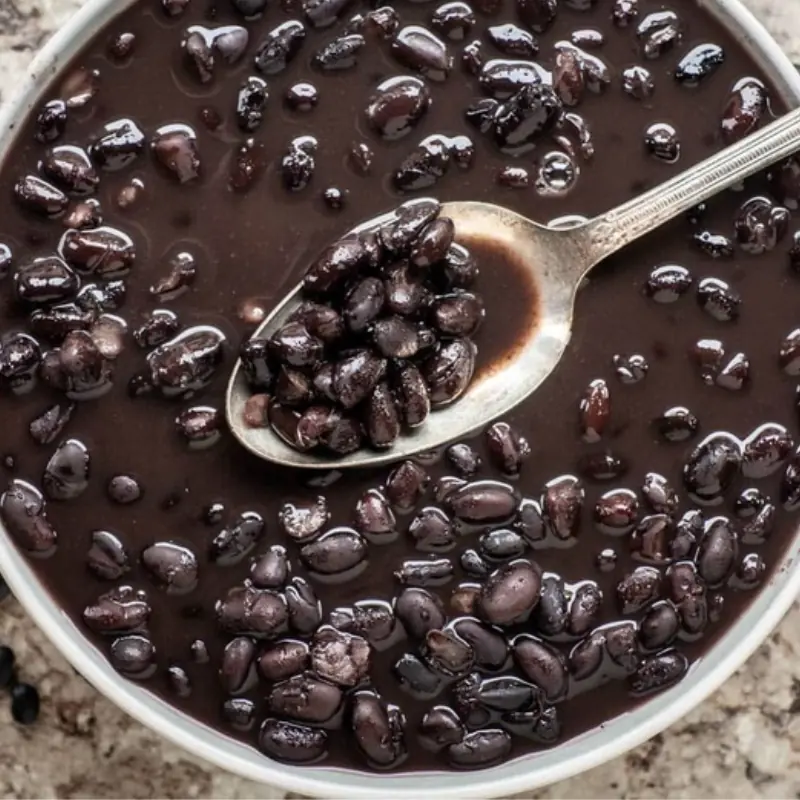
American Doctor Reveals the "3 Seeds, 2 Vegetables, 1 Meat" Best

3 benefits of old toothbrushes you must know

At 32, Already Suffering from Kid.ney and He.art Failure

Keep the Bathroom Door Open or Closed When Not in Use?
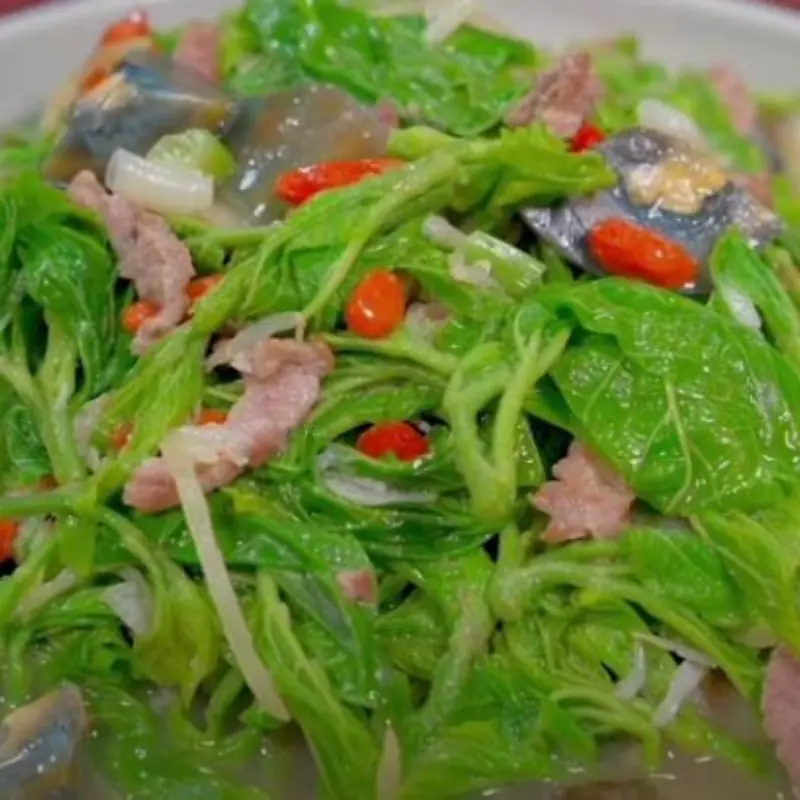
he Leaves of This Plant Are as Precious as the “Ginseng of the Poor,”

Japan Announces 5 Foods to Eat Daily

Why do elevators have mirrors? The manufacturer gives 3 reasons that surprise many people
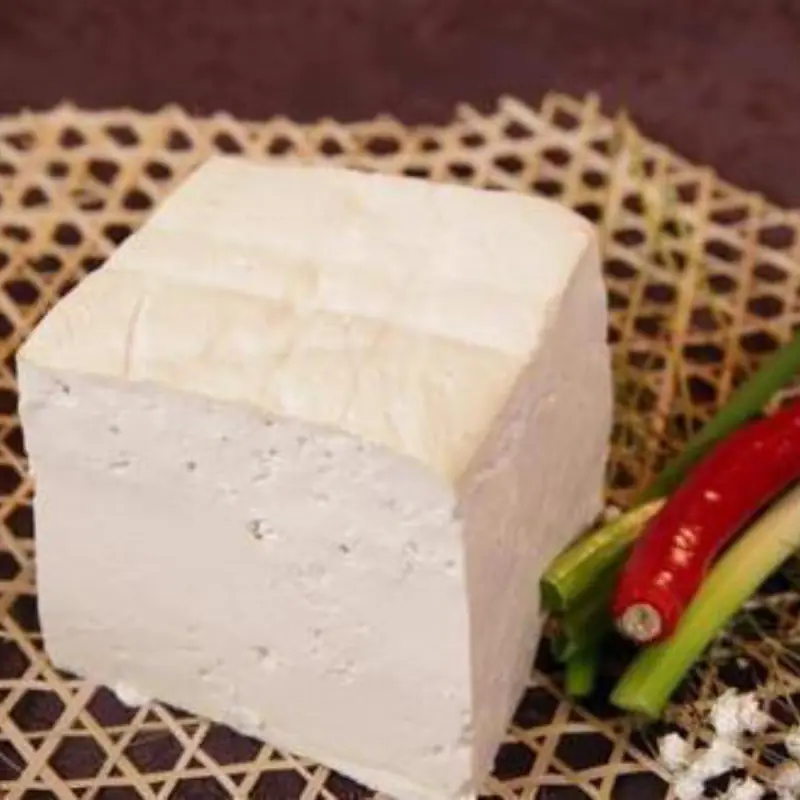
These 5 Foods Can Wreck Your Kid.neys Faster Than Alcohol

Doctor explains why you should always shower at night instead of the morning

What Is the Black Round Hole Next to the Camera on an iPhone For?
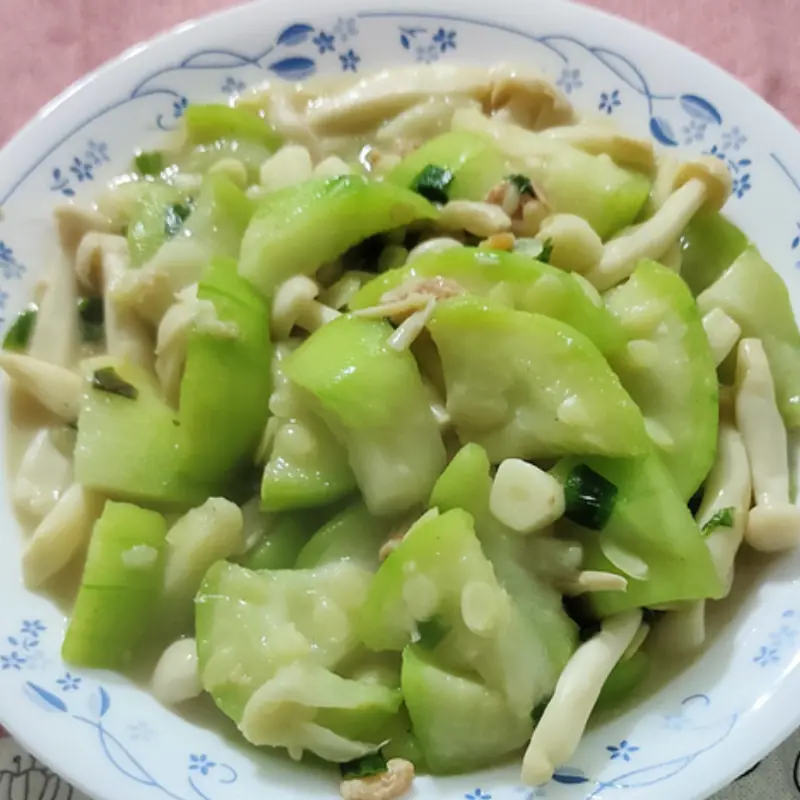
5 Types of Pesticide-Free Vegetables as Nutritious as Ginseng
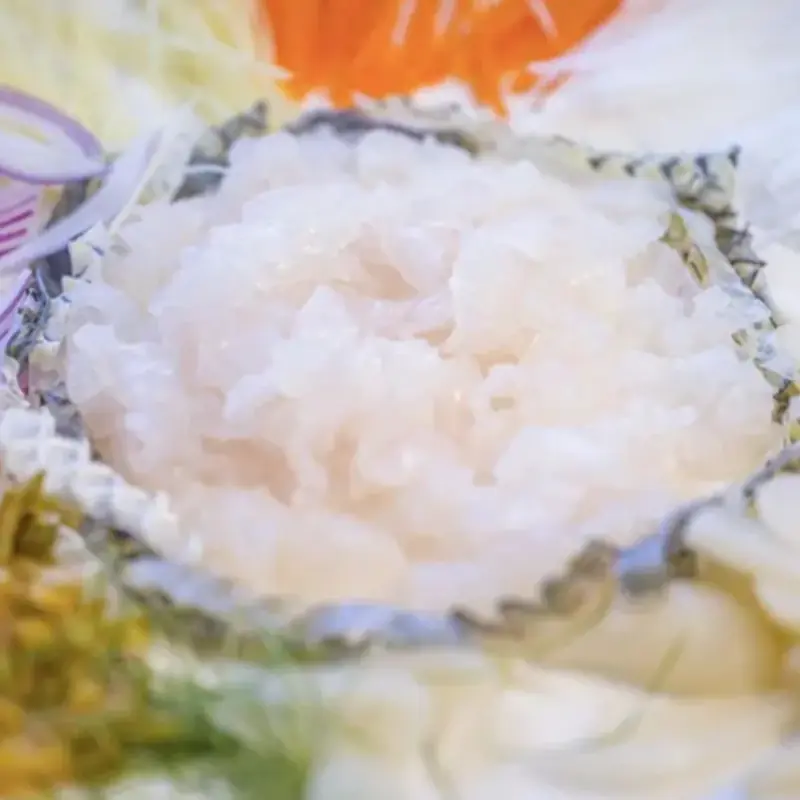
4 “ki.ll.ers” that cause cancer right in your home
News Post

Just After Changing into My Wedding Dress, My Mother-in-Law Slipped Me a Bankbook and a Haunting Message
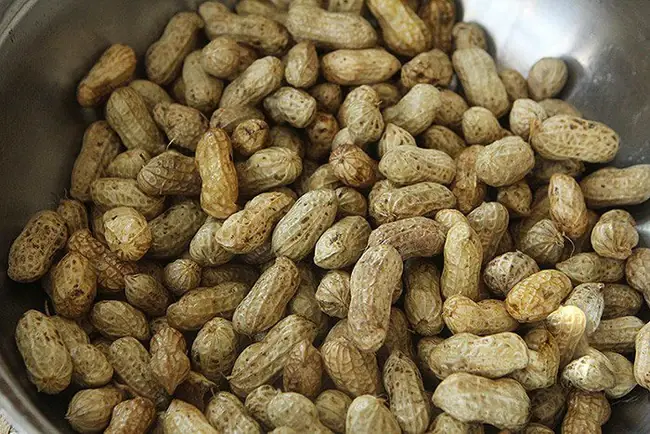
4 Surprising Changes Your Body Will Experience in Just Half a Year
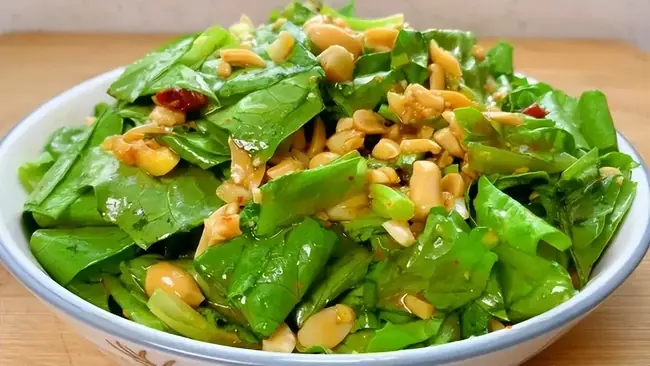
Not milk or dried shrimp – this is the real “Calcium King” that many people overlook
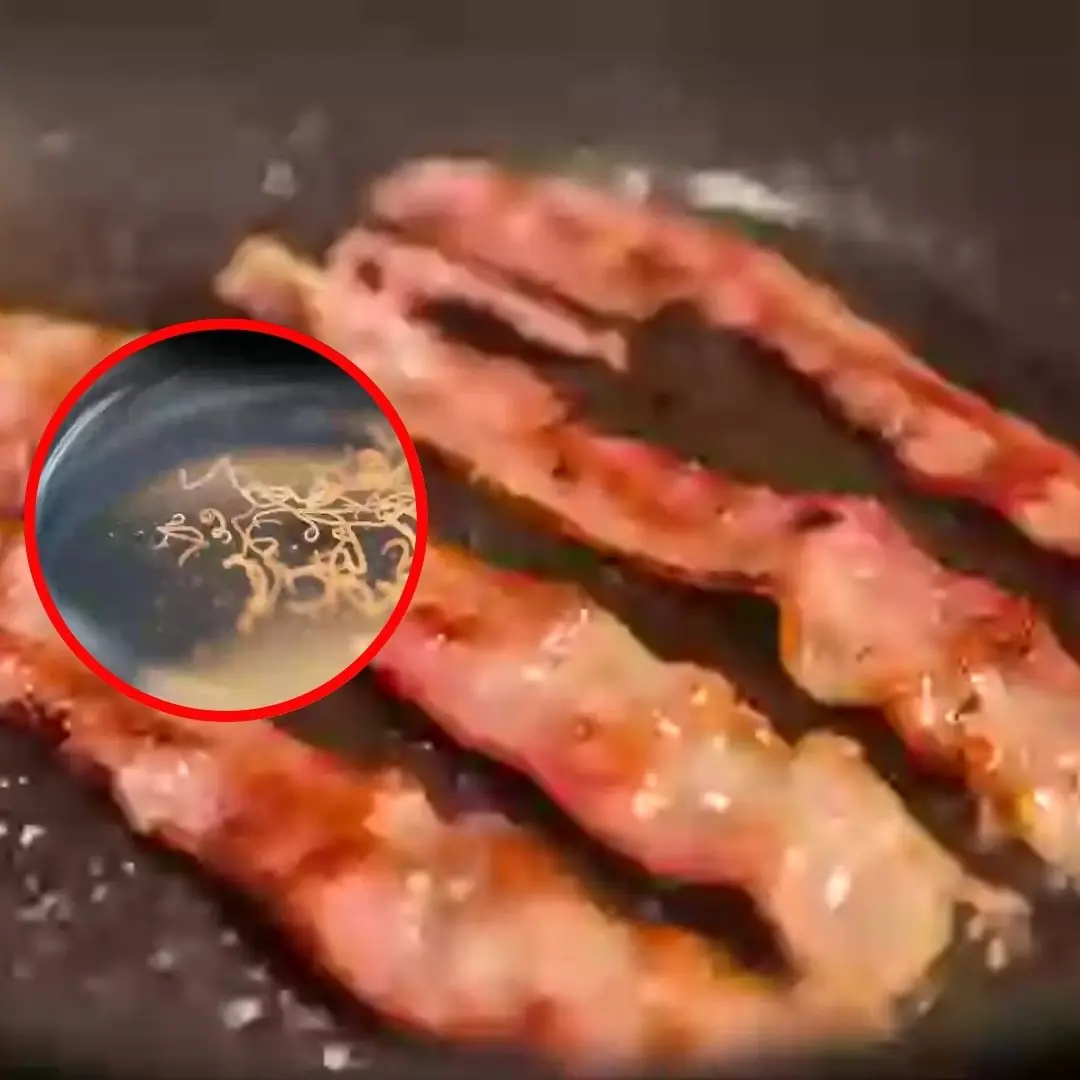
Man develops 'pork worms' in his br.ai.n after years doing this specific cooking habit

Diabetes can 'show' strange signs in the neck: If you see them, don't ignore them

3 Drinks Called the “Calcium Drainers” But Many People Still Love
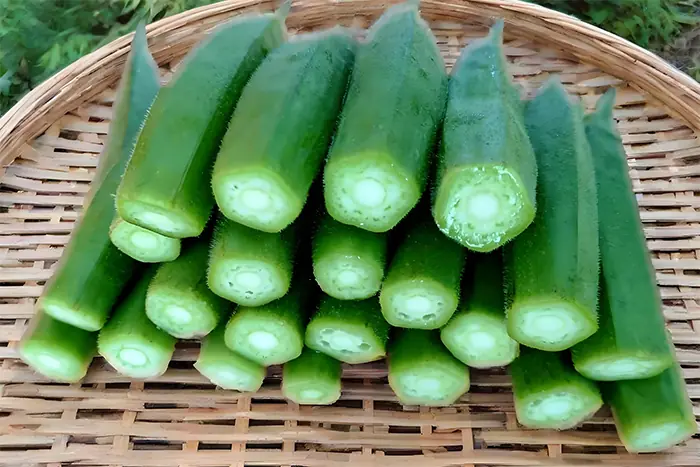
4 Surprisingly “Clean” Vegetables with Minimal Pesticides

3 Lucky Plants That Bring Prosperity and Wealth

6 Golden Habits to Help Seniors Reduce the Risk of Cerebral Infarction

One Part of Chicken Contains Four Times More Cholesterol Than Pork Fat

Sweet Potatoes Are Not Good for These 3 Groups of People
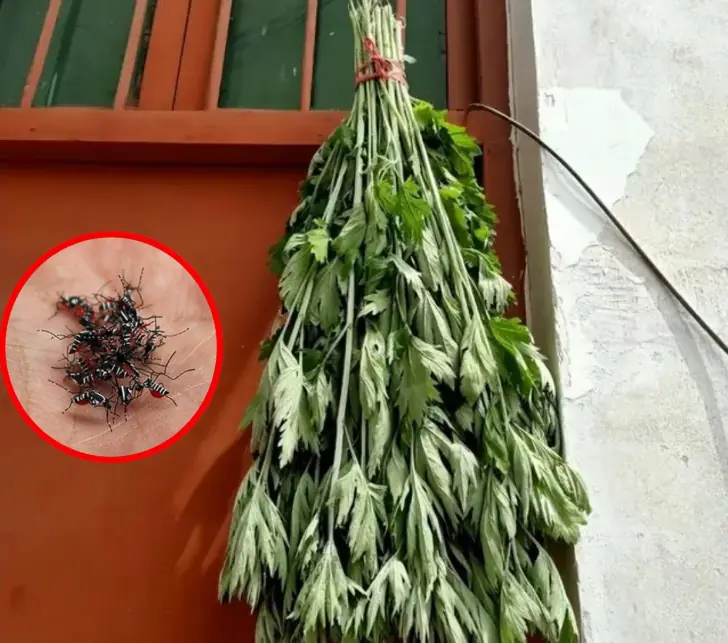
Just hang a handful of these leaves in front of your door - flies and mosquitoes will disappear

Want the Health Perks of Coffee? Here’s the Best Time to Drink It

Taylor Swift and Travis Kelce announce engagemen

Washing Machines Have a Special Mode That Dries Clothes Faster

Flight attendant explains why cabin crew members always sit on their hands during takeoff

6 things you should absolutely not do when you have neck and shoulder pain because they destroy bones and joints and are terrible for your stomach
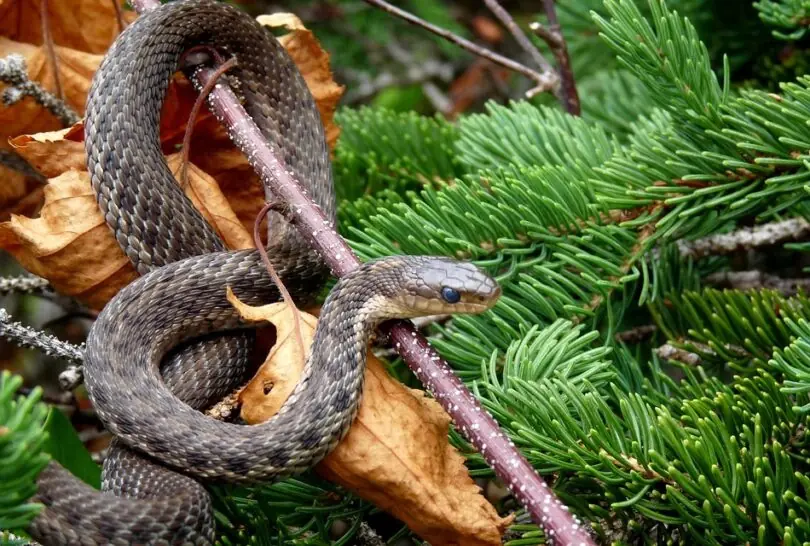
8 types of plants that attract snakes into the house

Mixing fabric softener with salt: Great use to solve household problems
